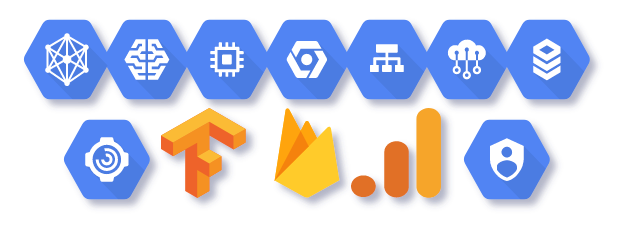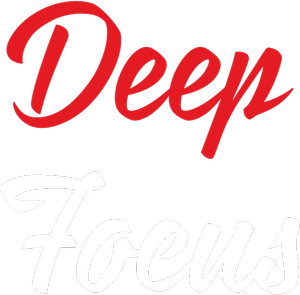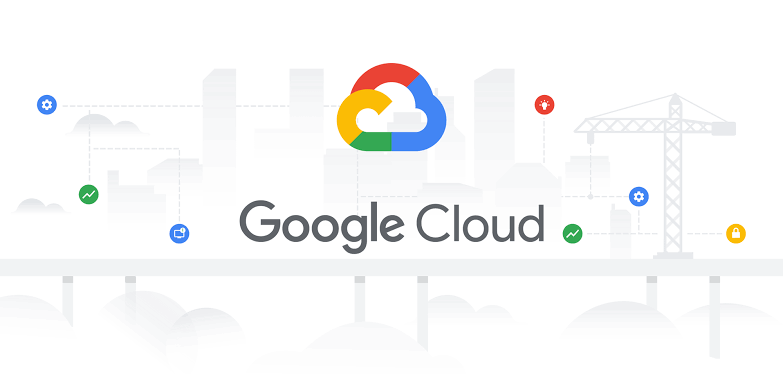So the first question I’m going to answer is what is cloud? So before I answer that question specifically, let’s cover a little bit of history.
The history behind cloud
I’m going to go through three different stages of how companies and people use computers. And then we’re going get into what cloud actually is.
So first of all, we’re gonna look into the world as we used to know it.Whice is, when companies were in the on premise world, so basically this is back in the day.
let’s say I’m a startup and I’m spinning up the newest social media website, let’s call it like facenotebook.com or something like that. And I have five users at that point. I have one server
sitting in my closet and I have one person just managing that server. Everything’s fine because I only have five users.
The next day though, word spreads and I have a thousand users, and then my website
keeps crashing, why is that happening ? Does anyone know the answer?
It’s because I only have one server and, one server is not capable of handling that heavy traffic. So I have to do something called as scaling. And nowadays if we think about scaling, that’s another buzz word that startups love to use. But back in the days scaling was this. I had to go to a store, buy a brand new computer, put it on top of the other computer in my closet. Download code on that, do a bunch of other stuff to add it to my network. And then it could handle a thousand users and that took almost an entire day. That was a huge headache.
And so, this was just that’s basically one of the things that led to cloud.
What’s time sharing?
But the pain point is what led to the thing called time sharing. So we have startups that have these computers. But the other side of the aisle, we have these huge companies think like IBM, Google, and they have a lot of money they can buy gigantic sets of computers. They don’t need to guess and say,
“okay, we have a thousand users today, and what if I have a million tomorrow and then we are going to buy that many computers to basically manage that traffic.”
IBM and Google, they could just go out and buy a million computers, right? But what if they over-budget and now they have like 200 computers that are not being used. And then one smart person says
“hey let’s rent these out. Let’s allow other companies like these startups to rent out these computers for certain amounts of time. So that then it’s cheaper for them and we’re making passive income.”
And so that’s how we got to the idea called time sharing.
The emergence of “the cloud”
And then this got more and more popular and it just became mainstream. It became very normal for smaller startups companies to go to large companies and rent out their computers for a certain amount of time.
And then, after a while these bigger companies said,
“oh! What if we can make more money off of this time sharing thing? What if we provided additional services on top of this infrastructure that we’re renting out?”
And these additional services, or the suite of services that was created then is what’s called as cloud.
So cloud is often broken up into three different umbrellas or categories of tools. And the first set of tools is what’s known as infrastructure as a service. Infrastructure as a service is timesharing. That is if you have a computer and you are not using it all the time. So you sell it for a certain amount of time to other companies.
You have storage discs. You sell it, that’s infrastructure. It’s literally the hardware that you can touch and feel. So you are selling that. And then companies said –
“what if we can add additional tooling to this infrastructure? What if we just had a tool that could handle tens of millions of users?”
It’s basically infrastructure with some software involved – The second set of tools.
And then lastly is software as a service. This is basically the tools that you know. Like Google Docs ,Drive, Slides and Sheets.
In conclusion cloud is a set of tools that helps developers spend less time managing and spend more time creating.
And so now what is GCP? and the services it offers

GCP or the Google Cloud Platform is obviously a cloud tool but it’s many things altogether. Before we get into the specifics of GCP, lets discuss Google Cloud as a whole.
GCP vs G Suite
Google Cloud is the mixture of both GCP and G Suite. GCP in a basic sense is the infrastructure and platform where you can run codes, store data things like that. And then G Suite as you all probably know is things like Google Docs, Google Drive, that is the software as a service. G Suite also has a ton of APIs that you can use to enhance the GCP user experience.
So, on GCP you can do a lot of things. First of all, you can run a virtual machine and you can literally run a giant script that’ll take a week. Instead of running it on your own computer and worrying about the battery dying, and this and that. You can just put it on a virtual machine in the cloud. Or, you can deploy a web application and have the code run on cloud.
Services
You can store data on the SQL databases and the NoSQL databases. There are tools for networking, and monitoring. So let’s say you have all these tools in your cloud and you want to monitor how they’re working. For instance, if one thing crashes, you can see why that happened.
There are tools like IoT. Core that can help you build internet of things projects. There are tools to build your own API, its called Apairy. There are some open source tools like TensorFlow. It’s a machine learning platform, totally open source, many other software companies and developers use it as well.
Learn more on how to use google cloud platform. Learn how to setup your own Blynk server.


